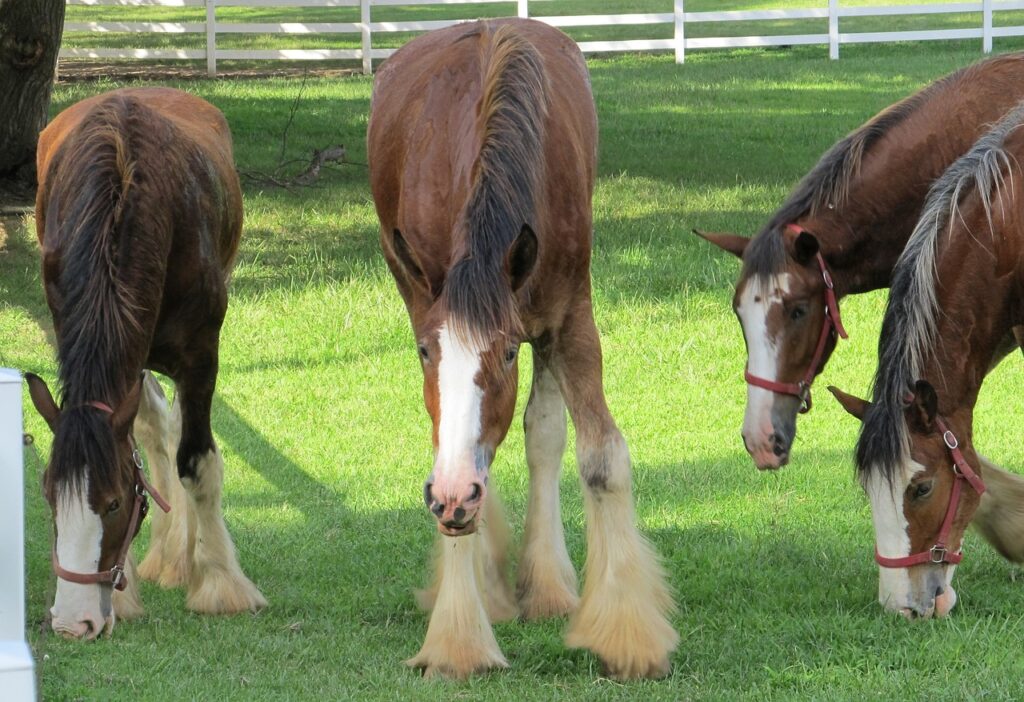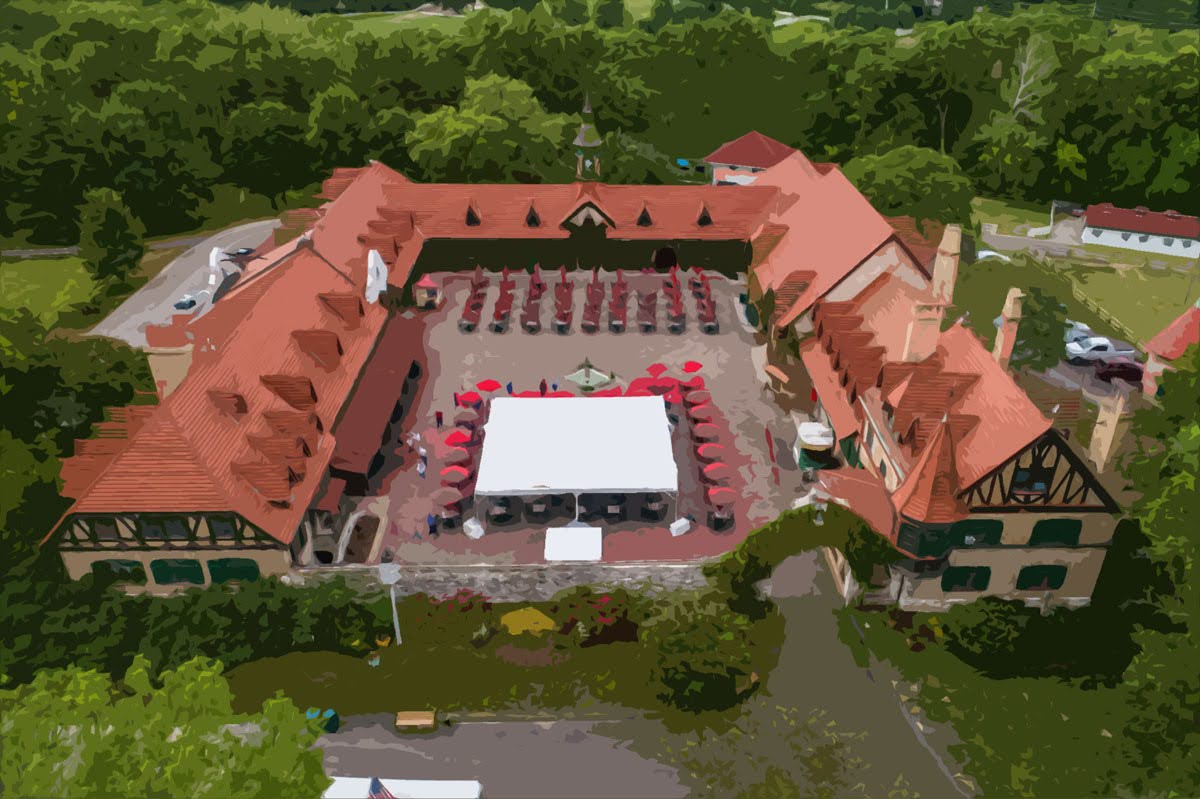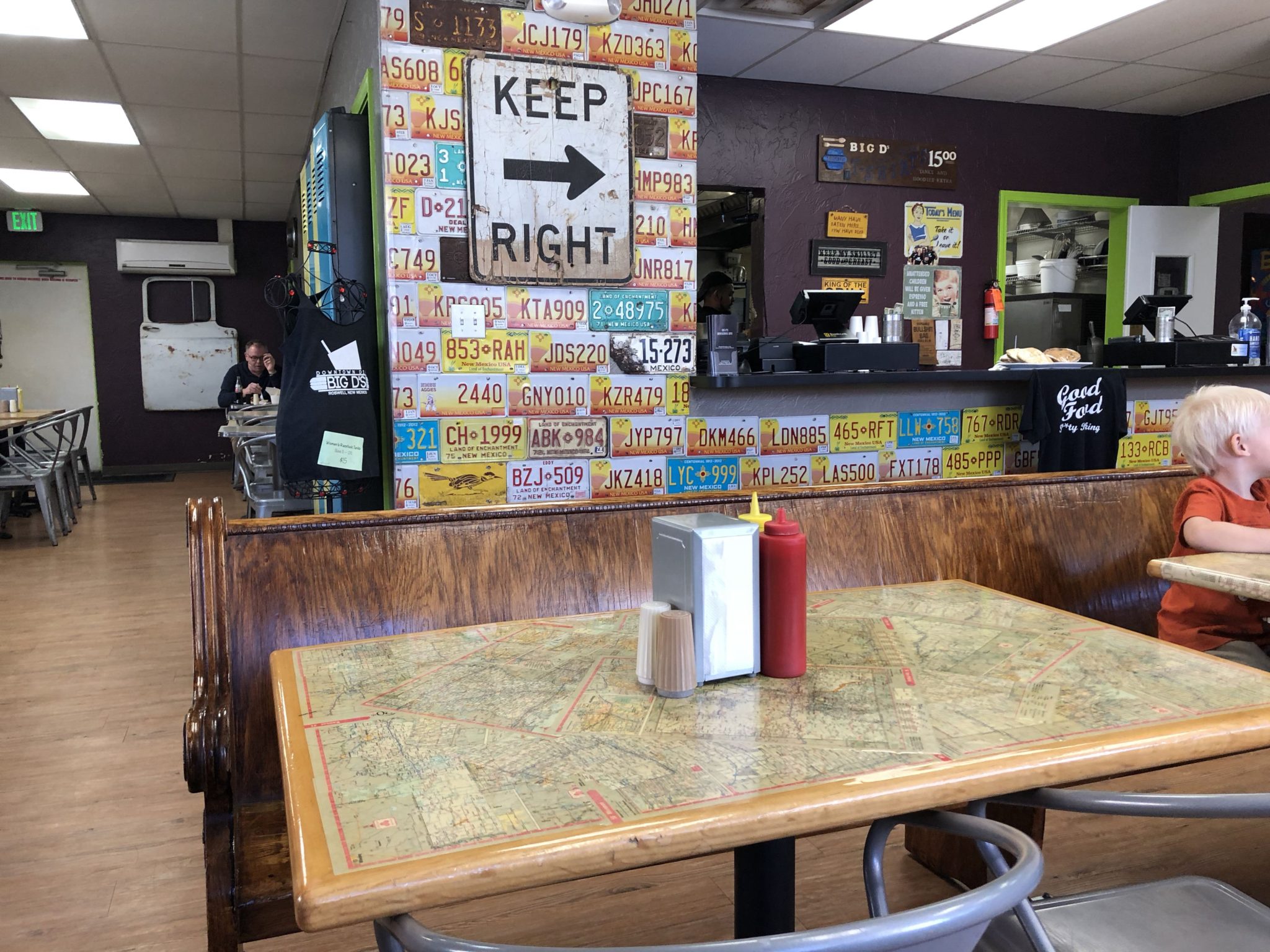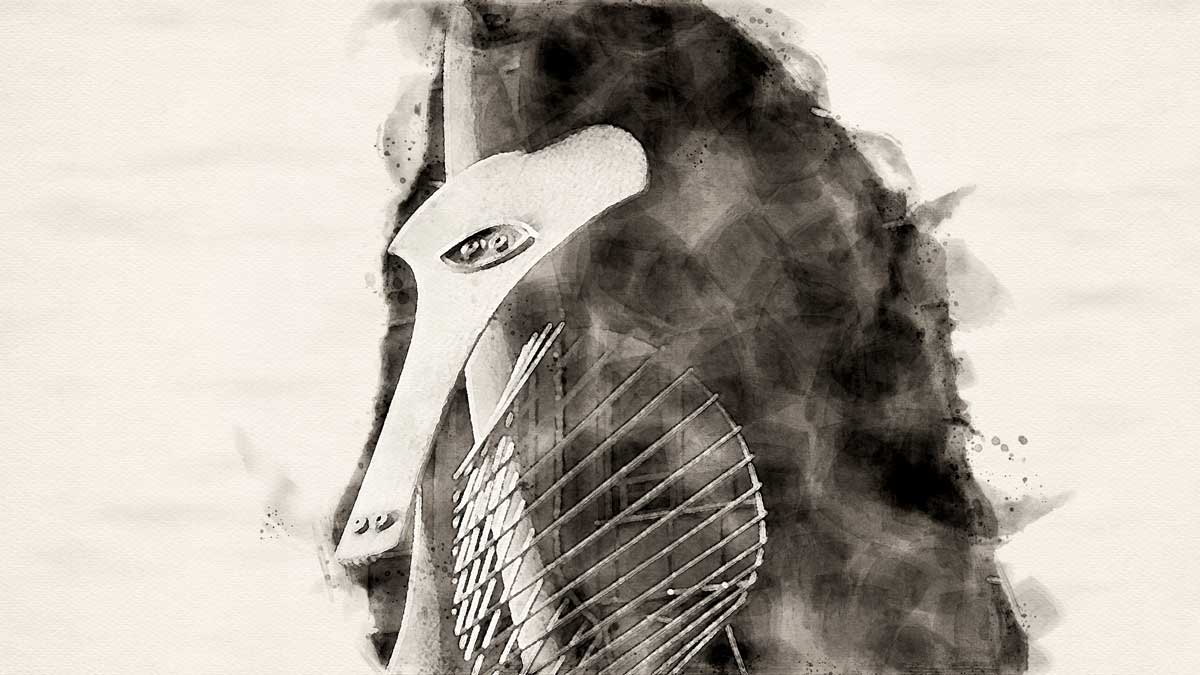By Jason Epperson
Listen Below:
Road Trip to Grant’s Farm in Missouri:
St. Louis, Missouri. Along the mighty Mississippi. Home of the Arch, the Cardinals, and Budweiser beer. Whatever you feel about a “Bud,” the Anheuser Busch Family revolutionized the brewing industry and distribution of beer to America and the world. And they made a fortune doing it. Here, in the Gateway to the West, you can visit the fruits of their labor, at the estate that is featured in dedicates of Budweiser imagery, with a team of massive Clydesdales hitched to that red Budweiser wagon.
As a kid from Northern Illinois, we took a lot of family summer road trips to St. Louis. It’s a city that always mystified me, even more than Chicago. There was a romantic identity behind the Arch, and the Mississippi River, which I lived near, if, 270 miles upstream. That water had flown past my home town before it hit this cool city that wasn’t overwhelming like Chicago. The scale of it was comprehensible to my young mind, but it was grand enough to inspire daydreams. And many of the attractions just outside of St. Louis were just as exciting. We’d always visit Six Flags and ride the Screaming Eagle, and tour the Meramec Caverns, which has been giving the same tour since my mom was a kid. It’s one of the probably 42,000 caves in the midwest claimed to be a Jesse James hideout. But hands down, my favorite place in the St. Louis area has always been Grant’s Farm.
I remember the first time we went, vividly. I decidedly remember not wanting to go. I wasn’t really into dead presidents or farms. It was probably one of the earliest travel lessons I learned: a lot of great places are sorely misnamed.
Grant’s farm relates to President Ulysses S. Grant – and we’ll get to that in a moment, but it’s actually an estate, much in the same vein as North Carolina’s Biltmore, which we covered on the podcast last season. This one is owned by the Busch Family, of Anheuser-Busch acclaim. Beer Barrons and former owners of the St. Louis Cardinals. But the attraction here isn’t the house. In fact, you can’t even really see the exterior of the grand Busch Family mansion – it’s decidedly kept away from the public. Grant’s Farm is about the grounds, which were transformed into a quaint zoo-type attraction that is both steeped in tradition and, in many ways, ahead of its time. It could be said that it was the precursor to Busch Gardens. Busch Entertainment Corporation, now called SeaWorld Parks & Entertainment, was created as a subsidiary of Anheuser-Busch Companies to run various parks that would serve as an advertising arm for the beer giant in 1959, just 4 years after Grant’s Farm opened its doors to the public.
When you arrive, you park in a massive parking lot across the road from the grounds, where, before even entering, your experience begins. Here is the most farm-like part of Grant’s Farm – a barn that houses several of those famous Budweiser Clydesdale horses with their signature shaggy white hooves. They’re enormous. Some are over 18 hands tall – the standard measurement for horses – which is equivalent to over 6’…at the shoulder. Their heads are another 2-3 feet in the air.
To enter the park, you wait in an often long line to cross the road via old-school crossing guard. You then pass over a creek on a covered bridge to an area where you get put on an open-air tram to enter the park. But this is no ordinary tram ride. This is probably the best part of a Grant’s Farm visit. Your driver takes you and your fellow passengers through the 180-acre Deer Park – a vast oasis where Bison, Elk, Deer, Cattle roam free. It’s an experience that zoos across the country have only recently begun to copy. You pass “Hardscrabble, “ a four-room two-story log cabin built by president Grant – it’s the only structure hand-built by a president before assuming office still standing. Across from it is a fence fashioned from 2,563 rifle barrels as a Civil War memorial. You get the slightest glimps of the Busch mansion as your tram meanders through the gardens, and then you arrive at your destination. The grand Baurnhauf.
German for “farmstead”, The Bauernhof was built in 1913. It surrounds a beautiful courtyard typical of a 19th century Bavarian farm, complete with stables, a carriage house, and offices and quarters for those who lived and worked there. Today, it houses the Busch family’s world-renowned carriage collection and stables. Guests, who are 21 years of age or older, are invited to enjoy complimentary samples of Anheuser-Busch products in the hospitality room. Visitors can relax in the old-world surroundings of the courtyard and enjoy a lunch from the Brat Haus, including bratwurst, pretzels, pizza and chicken strips. The arched entrance to the Baurnhaf is something you might recognize, it’s been featured in old commercials and illustrations, as those famous clydesdales pull the red budweiser wagon through them.
Surrounding the the Bauernhof is the Tier Garten, essentially a small traditional zoo, where you can feed the goats and parakeets, ride a camel or the carousel, see an animal show, or just hang out with a variety of animals including tortoises, wallabies, lemurs, elephants and more.

Creating Grant’s Farm:
The property that Grant’s Farm sits on today was once owned by Colonel Frederick Dent, father to Julia Dent, who would become President Ulysses S. Grant’s wife. The Colonel gave 80 acres of the farm to the couple as a wedding present on what today is Rock Hill Road. Grant built his cabin on this land. Five miles from the Dent farm was Jefferson Barracks, where Grant was assigned in 1843, after attending West Point and rooming with Julia’s brother.
After serving for eleven years in the U.S. Army, Grant resigned his commission and decided to try his hand at farming. From 1854 to 1859, the Grant and Dent families, along with enslaved African American laborers, lived and worked on the land that is now Grant’s Farm and the neighboring Ulysses S. Grant National Historic Site, which was the Dent’s White Haven estate.
Grant purchased the property after the Civil War and hired a caretaker to live at the main house and manage the farm. During his presidency, he invested money to make the farm a horse breeding operation. He also helped design a large stable for his horses that was completed in 1871. The Grants considered retiring to White Haven at some point in time, and President Grant recalled in a speech that St. Louis was one of the only places he had ever felt a connection to. Plans changed, however, and the Grants eventually retired to New York City after the completion of their world tour in 1879. Ulysses and Julia nevertheless continued to visit White Haven on a periodic basis after the Civil War. Their last visit to the home together was in 1883, and they owned the property until a few months before Ulysses died in July 1885.
August Anheuser Busch Sr., an American brewing magnate, served as the President and CEO of St’ Louis’ Anheuser-Busch, founded by his father Adolphus Busch, from 1913 to 1934. Adolphus was the first American brewer to use pasteurization to keep beer fresh; the first to use mechanical refrigeration and refrigerated railroad cars, which he introduced in 1876; and the first to bottle beer extensively. It became the world’s largest brewery in 1957 under the direction of August A. “Gussie” Busch Jr. The company survived World War I, Prohibition, and the Great Depression by innovating and diversifying into the production of corn products, baker’s yeast, ice cream, soft drinks, and commercial refrigeration units.
August Sr. bought the former president’s property as hunting grounds for the family before he decided to develop it as a grand estate. He tapped architects Frederick Widman and Thomas Walsh for the design of the mansion. Julius Pitzman, the famous German American surveyor, and George Kessler designed the grounds.
The mansion’s inspiration draws from French Renaissance chateaus and the palace at Versailles but painted with the Busch Family’s German heritage. Dispensing with the elaborate, ordered gardens that feature prominently in the French chateaux, nature is king at the Busch Estate.
Suffering from terminal illness, August Busch would later end his own life in the mansion. His son, Gussie Busch, would be the last permanent resident of the house. After Gussie’s death, the house became part of a trust for his children and descendants.
After Gussie bought the St. Louis Cardinals in 1953, he entertained the ballplayers and their wives at the Farm. One of the wives suggested he open it to the public and share it because they had such a wonderful experience, and so he did. That same year, the estate was featured on the very first colorcast from the NBC Mobile Color Caravan. Chosen for its beauty and distinctive history, the Farm was seen nationwide on the “Today” and “Home” shows. Since 1955, the grounds of Grant’s Farm have been open to the public, and the experience has hardly changed.
In 2008, the Belgian company InBev purchased Anheuser Busch, and the new AB InBev company leases the grounds of Grant’s Farm still from the Busch Family to operate it for the public. In November 2015, the St. Louis Zoo agreed to purchase Grant’s Farm from six heirs of “Gussie” Busch, for about $30 million. The deal required a city judge to back four of the Busch heirs to release the land from a trust. Area residents would also have to approve $8.5 million in added taxes to support yearly park operational costs. The deal would triple the landholdings of the zoo and allow the zoo to build a breeding facility for its endangered animals. The Busch family would remain owners of the family mansion for the time being. A-B InBev agreed to donate about $27 million to the zoo to buy the Farm. But one Busch heir, Billy Busch, made a competing offer – for one dollar more, in order to keep the Farm in the family. The St. Louis Zoo Association withdrew its offer to buy Grant’s Farm, citing the family’s disagreement. The farm is now owned by 5 Busch heirs, who hope to keep it free and open to the public along with their operating partner AB Inbev, for generations to come.
Visiting Grant’s Farm:
Visiting Grant’s Farm used to require a reservation. No longer. You just arrive as you wish, but know that the park is very busy on the weekends especially. It’s only open every day during the summer. Days and hours vary the rest of the year.
Though entrance is technically free, you do pay $15 to park, or $35 for an RV. And tours of the land surrounding the historic mansion are now available to the public for the first time. For an additional fee, you can go on an hour and a half guided tour of the family’s playhouse, chapel, pool house, and see the exterior of the main house up-close.
Grants Farm truly has something to offer for everybody. Whether you’re a child at heart and love petting zoos and carousels, or you love historic architecture, or the grand Clydesdales and their historic carriages, or, hey, a nice glass of beer in a beautiful german courtyard…Grant’s Farm is for you.
Connect and Subscribe:
To learn more about the RV Miles Network, including the RV Miles and America’s National Parks Podcasts, visit RVMiles.com.
You can hear this story and more on the See America Podcast. Available on Apple Podcasts or wherever you listen to podcasts.
Want to chat about great travel destinations all across the US? Join the See America Facebook Group and don’t forget to follow See America on Instagram, Facebook, and YouTube.

See America is sponsored by Roadtrippers. America’s #1 trip planning app. Enjoy 20% off your first year of Roadtrippers PLUS with the code RVMILES2X.







